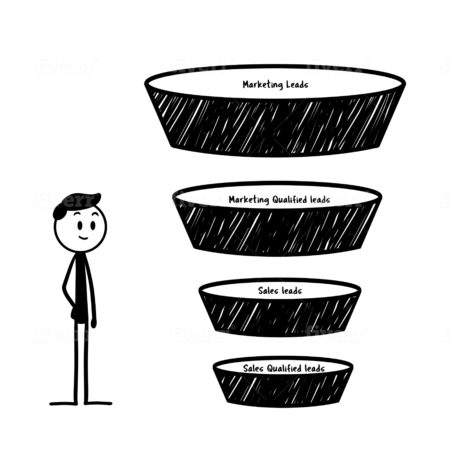How to Scale the Right Way

The article below is just a small glimpse into our new book. If you want to learn a lot more about How to Scale the RIght Way, click here to check out the book now.
If your business is ready to accommodate growth through scaling it is much more likely to survive. It will have the durability, flexibility, and longevity, to stay the course for success. Consistent growth that meets and then exceeds KPIs is the goal. Revenues going up and to the right, an inspired team, happy customers, and a clear plan. What could be better? But while scaling is obviously the goal, it’s important you do scale the right way.
No matter what kind of business you’re in today, it’s always changing and evolving. This is especially true for digitally-oriented enterprises. The business you’re operating today will go through major changes as it scales and this process will involve a lot of trial and error. Ultimately, there are no shortcuts, just focus, determination, flexibility, and creativity. Embrace what works for you and your business and let go of what doesn’t. Be prepared to throw out bad ideas completely and expand upon good ideas.

A scaling business has numerous benefits:
- Improved efficiency.
Scalable businesses are more efficient because they plan for all eventualities and ensure they can operate in different circumstances.
- Consistency. Businesses that scale effectively are better at delivering expected results reliably, no matter what problems emerge.
- Adaptability. Maintaining the flexibility to adapt to economic changes and pressures means knowing when to up-scale or down-scale as required.
- Longevity. Businesses that carefully consider scalability are much more likely to survive far into the future.
- Competition. It should go without saying that if you have a scalable business and are successful as a result, you are a strong competitor in your field.
For businesses, the path to success is not in simply growing but in scaling your business. To effectively scale your marketing in particular and your business in general, you must be achieving exponential growth while keeping your costs fairly low. But truth be told, scaling a marketing business requires a whole new level of skills and systems that many entrepreneurs can’t fully anticipate.
As you begin scaling your marketing and your business, you may find yourself experiencing increased expenses, customer support issues, and miscommunication between staff members. An existing bad process will only be amplified once you begin trying to scale.
So what can you do about these challenges that crop up? Maintain equanimity, fortitude, and open-mindedness. Remember, this is fun! Enjoy the ride and try to do the best by your team and customers.
Become a Successful Scaleur and learn how to scale
Scaling is a strategy that can only be mastered by a scaleur who is a dedicated learner and considers real-time business priorities. I hope the article above has helped! Marketing Scaleurs is a scaling company that helps entrepreneurs scale their marketing efforts. We’re experts in growth marketing, product development, and more, creating custom growth plans for startups, entrepreneurs and scaleurs in order to help them gain traffic, generate leads and increase their revenue.
If you want traffic, leads and sales, get in touch and you’ll start getting results in no time!


















